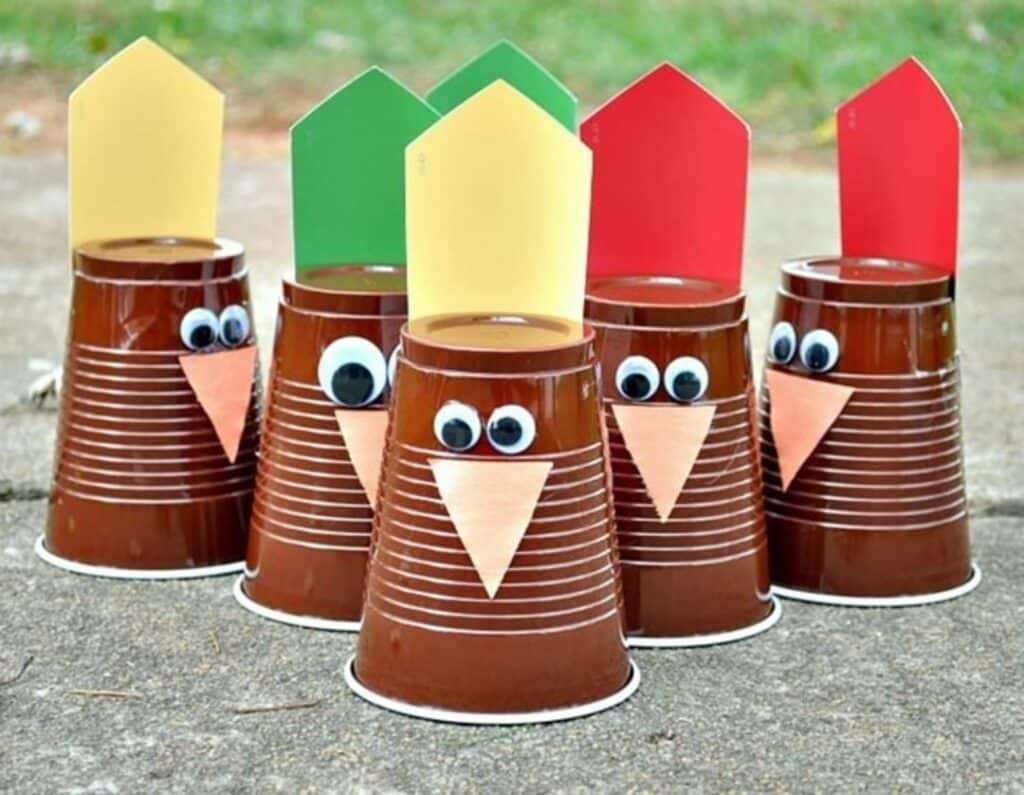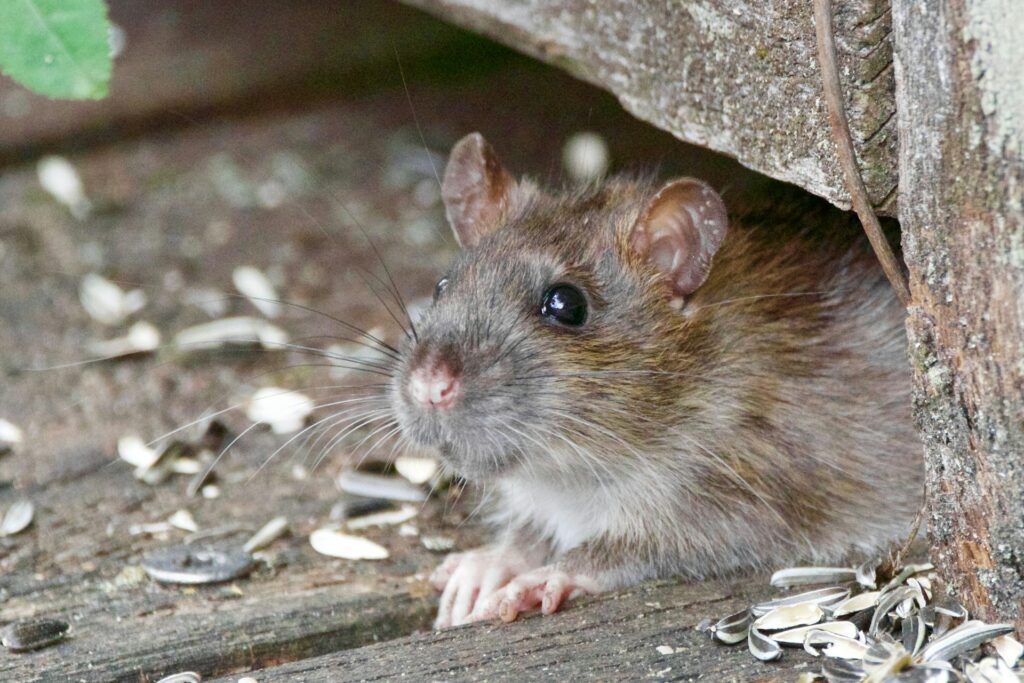Ever open your pantry to discover a creepy surprise? We’ve all been there. Pantry pests—those tiny insects that seem to materialize out of nowhere—can quickly turn a well-stocked pantry into a disaster zone.
This guide will equip you with the knowledge and strategies to keep these unwelcome guests at bay and ensure your dry goods remain untouched and delicious.
Common Types of Pantry Pests
Several insects love to call your pantry home, including:
- Weevils: These tiny beetles have long snouts and are particularly fond of grains like rice, flour, and cereals. They can bore through packaging and leave behind both larvae and excrement, contaminating your food.
- Indian meal moths: These moths target grains, nuts, and dried fruits. Adult moths lay eggs that hatch into larvae, which spin silken webs and feed on your food, leaving behind a trail of destruction.
- Flour Beetles: These reddish-brown beetles infest flour, cereals, and other dry goods. Similar to weevils, they chew through packaging and leave behind contaminated food.
The Risks of Pantry Pests
Pantry pests aren’t just a nuisance; they can pose health risks. Their presence and waste products can trigger allergies and asthma, while some pests, like weevils, may carry harmful bacteria.
Additionally, infested food becomes unappetizing and unfit for consumption, leading to unnecessary food waste.
How to Prevent Pests in Pantry
Here’s how you can reduce your risk of pantry pests:
- Use Airtight Containers: Ditch those flimsy cardboard boxes and invest in airtight containers. Glass jars, plastic containers with secure lids—anything that seals tightly will do. This starves pests of oxygen and access to your food.
- Label and Rotate: Label your containers with the purchase date and practice FIFO (first in, first out). Use older items first to prevent forgotten food from languishing in the back of the pantry, attracting pests.
- Do a Big Clean-Out: Regularly deep clean your pantry. Remove everything, vacuum shelves and crevices, and wipe them down with a vinegar and water solution. This eliminates potential crumbs and hidden insect havens.
- Avoid Cardboard: Transfer crackers, cookies, and cereals to airtight containers after purchase. Discard the cardboard packaging to eliminate potential hiding spots.
- Weigh the Benefits of Bulk vs. Fresh: While buying in bulk can be economical, it can also mean food sits around longer. Opt for smaller quantities to maintain freshness and reduce the risk of attracting pests.
- Remove Expired Food: Expired food is a magnet for pests. Regularly check expiration dates and discard anything past its prime.
Try Natural Repellents
In addition to the above strategies, consider incorporating these natural repellents:
- Essential Oils: Certain essential oils, like peppermint, citronella, and clove, possess natural insect-repelling properties. Create a spray using water and a few drops of your chosen oil and mist around your pantry shelves (avoid directly spraying food).
- Bay Leaves: These fragrant leaves are a natural pest deterrent. Place a bay leaf on top of your airtight containers and scatter a few loose leaves around your pantry for added protection.
Keep in mind that natural and DIY pest control methods are not always effective. If you are concerned about pests in your pantry, invest in professional pest control for moths, pest control for weevils, or other tailored pest control services.
Eliminate and Prevent Pantry Pests
By implementing these strategies, you can create a pantry that’s both organized and inhospitable to pests. Maintaining a clean pantry with airtight storage and regular inspections will go a long way in keeping those unwanted guests away.
If you have further questions about pantry pests or need professional pest control services, we’d be happy to chat. Contact Aptive today.









